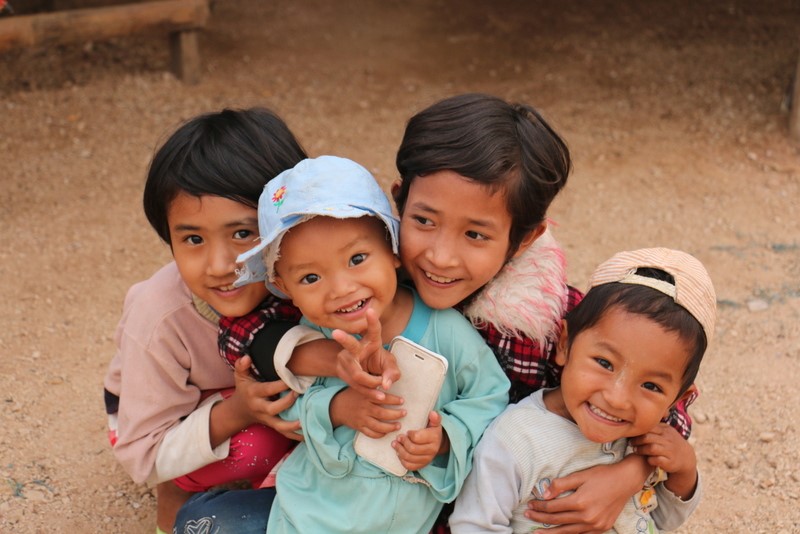“As a woman, I am concerned that illiteracy is higher among women than among men. In this way, understanding the census data motivates me to advocate for more girls to attend school.”
During the colonial period, Wa was considered too remote, and it was not included in any census. After Myanmar’s independence, the area never came under the central government’s control, and still today it remains a non-government controlled area.
In 2013, UNFPA supported an initiative to reach out to local authorities in the “Wa Self-Administered Division” and other non-government controlled areas in Myanmar to build trust in the census. As a result, the 470,000 people living in the Wa Self-Administered Division were enumerated for the first time in history.
The census is not just about counting people. The results give a picture of peoples’ day-to-day lives, what their living conditions are, how many children survive their fifth birthday, what women and men do to earn a living, whether or not they can read. This data is now being brought back to the communities that provided it, so that they may use it to improve their lives.
The Wa Self-Administered Division is an area with many challenges. Thanks to census data, local and national authorities now know where they must act, and they can also see the relationships between related problems, helping them to balance priorities:
- The literacy rate for people aged 15 and above is only 25%, and for women it is even lower. Only one woman in five can read and write, leaving four of five women with a handicap of immense magnitude.
- Half of the population is aged 20 and below, and at 75 per cent, the “dependency ratio” is very high. This means that in Wa, 100 economically active people aged 15 to 64 support 75 dependents, compared to the Myanmar average of 54.
- 90 per cent of people live in rural areas, and few people have access to a toilet (27 per cent in Hopan and 32 per cent in Makman).
While mapping people and households is essentially about using data for development, in Wa, the census is not only part of the development process, it is also part of the peace process. The census data is a body of information that encourages pragmatic dialogue and cooperation across borders. Before the census, the preparations for the enumeration became a catalyst for tearing down walls. Now that the results are available, they are a positive driver for development that can unite people in neighbouring townships, some of which are in jointly controlled areas, and others which are in non-government controlled areas.
UNFPA, the United Nations Population Fund, provides technical and financial assistance towards the census.




